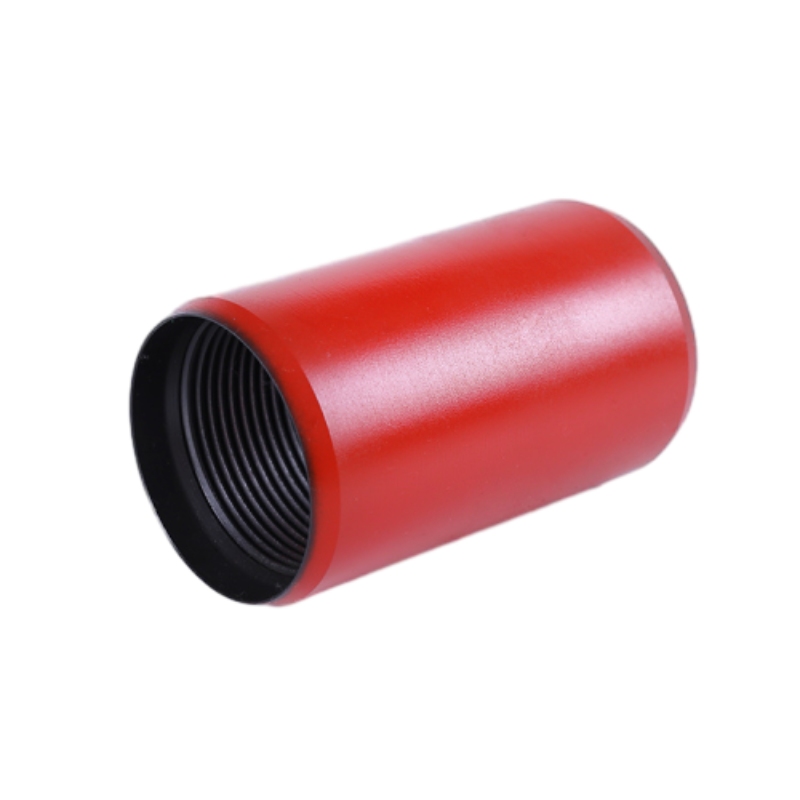- Afrikaans
- Albanian
- Amharic
- Arabic
- Armenian
- Azerbaijani
- Basque
- Belarusian
- Bengali
- Bosnian
- Bulgarian
- Catalan
- Cebuano
- Corsican
- Croatian
- Czech
- Danish
- Dutch
- English
- Esperanto
- Estonian
- Finnish
- French
- Frisian
- Galician
- Georgian
- German
- Greek
- Gujarati
- Haitian Creole
- hausa
- hawaiian
- Hebrew
- Hindi
- Miao
- Hungarian
- Icelandic
- igbo
- Indonesian
- irish
- Italian
- Japanese
- Javanese
- Kannada
- kazakh
- Khmer
- Rwandese
- Korean
- Kurdish
- Kyrgyz
- Lao
- Latin
- Latvian
- Lithuanian
- Luxembourgish
- Macedonian
- Malgashi
- Malay
- Malayalam
- Maltese
- Maori
- Marathi
- Mongolian
- Myanmar
- Nepali
- Norwegian
- Norwegian
- Occitan
- Pashto
- Persian
- Polish
- Portuguese
- Punjabi
- Romanian
- Russian
- Samoan
- Scottish Gaelic
- Serbian
- Sesotho
- Shona
- Sindhi
- Sinhala
- Slovak
- Slovenian
- Somali
- Spanish
- Sundanese
- Swahili
- Swedish
- Tagalog
- Tajik
- Tamil
- Tatar
- Telugu
- Thai
- Turkish
- Turkmen
- Ukrainian
- Urdu
- Uighur
- Uzbek
- Vietnamese
- Welsh
- Bantu
- Yiddish
- Yoruba
- Zulu
Exploring API Casing Sizes for Efficient Applications and Enhanced Performance
Understanding API Casing Sizes A Comprehensive Guide
The oil and gas industry relies heavily on various standards for tubing, piping, and casing to ensure safety, reliability, and efficiency in drilling operations. Among these standards, the American Petroleum Institute (API) provides a set of specifications for casing sizes, which are critical for maintaining the structural integrity of wells and facilitating the extraction of hydrocarbons. This article aims to elucidate the concept of API casing sizes, their classifications, and their significance in drilling operations.
What is API Casing?
API casing refers to a type of pipe that is used to line the borehole of a well. This ensures that the well remains stable, prevents the influx of water or gas, and protects the surrounding environment from contamination. API casing is categorized by its size, weight, and wall thickness, all of which play crucial roles in its application and performance.
API Casing Sizes
API casing comes in various sizes, typically ranging from 4.5 inches to 20 inches in diameter, although other sizes can be manufactured based on specific needs. Each casing size is associated with a particular design and strength, with larger sizes often being used for deeper installations or in challenging geological conditions. The dimensions of casing pipes are standardized, ensuring compatibility and interchangeability across the industry.
There are two primary classifications for API casing
1. Diameter Casing sizes are primarily defined by their outer diameter (OD). The standard dimensions are usually specified in inches. Common sizes include 4.5, 5.5, 7, 9.625, 13.375, and 20. The choice of casing size largely depends on the expected pressures, fluid types, and the geological environment of the drilling site.
api casing sizes

2. Weight (Pound per Foot) Casing weight is another critical aspect, which is indicated as pounds per foot (lb/ft). Heavier casings are typically required for deeper wells or where higher pressures are expected. The weight categories range from lightweight (e.g., 10 lb/ft) to heavyweight (up to 60 lb/ft or more), allowing engineers to select the most suitable casing based on the specific requirements of the project.
Importance of Choosing the Right Casing Size
Selecting the appropriate API casing size is vital for several reasons
- Structural Integrity The casing must withstand the physical demands of the drilling environment, including pressure, temperature, and external forces. Inadequate casing size may lead to failures such as buckling, leaks, or even catastrophic well blowouts.
- Hydraulic Pressure Control Proper casing sizing helps maintain the necessary hydraulic control during drilling operations. Casing that is too small may not adequately manage pressure differentials, leading to uncontrolled gas or fluid influxes.
- Fluid Flow Efficiency The size of the casing directly influences the ease with which fluids can be pumped in and out of the well. Optimized sizing can enhance recovery rates and improve the overall efficiency of the extraction process.
Conclusion
In conclusion, API casing sizes are a fundamental aspect of drilling operations that significantly impact well integrity, safety, and efficiency. By adhering to API specifications regarding size and weight, operators can ensure the structural performance of the well, mitigate risks associated with pressure management, and enhance overall production capabilities. As the oil and gas industry continues to evolve, understanding API casing sizes and their implications will remain crucial for engineers and geoscientists involved in the exploration and production of hydrocarbons.
-
Tubing Pup Joints: Essential Components for Oil and Gas OperationsNewsJul.10,2025
-
Pup Joints: Essential Components for Reliable Drilling OperationsNewsJul.10,2025
-
Pipe Couplings: Connecting Your World EfficientlyNewsJul.10,2025
-
Mastering Oilfield Operations with Quality Tubing and CasingNewsJul.10,2025
-
High-Quality Casing Couplings for Every NeedNewsJul.10,2025
-
Boost Your Drilling Efficiency with Premium Crossover Tools & Seating NipplesNewsJul.10,2025







